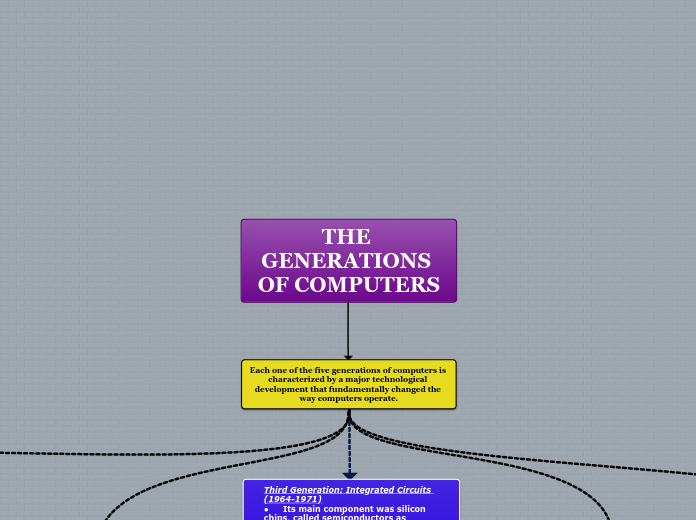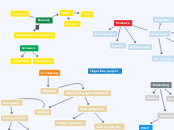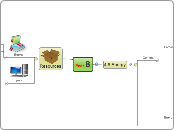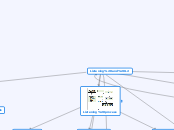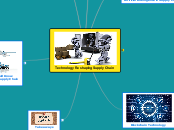jonka andresfelipe ibarra torres 5 vuotta sitten
978
THE GENERATIONS OF COMPUTERS
The progression of computer technology over the decades reveals significant advancements that have transformed computational capabilities and efficiency. Beginning with the first generation, which relied on vacuum tubes and magnetic drums, these early computers were large, expensive, and consumed excessive electricity.
